ISSN ONLINE(2319-8753)PRINT(2347-6710)
ISSN ONLINE(2319-8753)PRINT(2347-6710)
Gopinath. S1 and K. Senthil Vadivu2
|
| Related article at Pubmed, Scholar Google |
Visit for more related articles at International Journal of Innovative Research in Science, Engineering and Technology
Studies on the use of natural fibers as replacement to man-made fiber in fiber-reinforced composites have increased and opened up further industrial possibilities. Natural fiber-reinforcced composites can be applied in the plastics, automobile and packaging industries to cut down on material cost. So in this work, natural fibers such as coir fiber and rice husk are selected as reinforced in epoxy resin. Brown coir fibers and rice husk are treated with 6% of NaOH separately to increase the fiber strength and the treated natural fibers are reinforced in epoxy matrix to fabricate the composite. The ratio in which the coir fiber and rice husk are mixed is varied and the tensile behavior of composites made from various combination ratios are analyzed. Factors such as tensile strength, elongation at the break are determined and the ratio with optimum mechanical strength characteristic is predicted. Significant difference is found on the mechanical properties of various combinations.
Keywords |
| Composite material, Natural fiber, Epoxy, Coir, Mechanical Properties, Plastic material reduction |
INTRODUCTION |
| Natural polymers are biodegradable, abundantly available and environmental friendly, they are increasingly adopted to replace synthetic polymers in the industrial applications [1].Natural fiber-reinforced composites can be applied in the plastics, automobile and packaging industries to cut down on material cost [2]. Natural fiber reinforced polymer have superior properties such as water proof characteristic, high strength low weight and ease of machining. |
| Mechanical properties of bagasse fiber-reinforced polyester composites before and after alkali treatment are investigated and composites made from 1% of NaOH treatment showed superior mechanical properties such as tensile and flexural strength, so it is evident that the property alteration takes place after the pre-treatment of fiber with NaOH which is an alkali material [3]. |
| Various potential natural fibers available for reinforcement with plastic matrix are jute, flax, sisal, cotton, coir, date palm fiber, rice husk, pineapple fiber...etc [4]. The matrix in which the reinforcement being done is either a thermoplastic or a thermosetting plastic, some of the available matrix materials available are polypropylene, epoxy, etc… [2] |
| This research aims at investigating the mechanical behavior of composites made with 6% alkali treated coir fiber and rice husk reinforced with epoxy matrix. The composites are prepared with different ratios of coir fiber and rice husk mixture and they are examined by carrying our mechanical testing such as tensile testing and flexural testing. |
EXPERIMENTAL |
| A. Materials |
| Ripe coconut husks from coastal areas of Nagercoil distict of Tamilnadu, were soaked in the tap water containers for 5 months. This process is called retting, which can partially decompose the pulp on the shell, allowing fiber to be removed from husk easily, After retting, the husks were beaten with hammer. Coir fibers were removed from the shell and separated with a comb. After drying in the room temperature, the coir fibers were combed in a carding frame to further separate the fibers into an individual state, or as close to that as possible. Then impurities and shorter fibers are removed. |
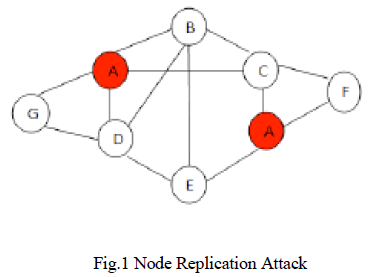 |
| Rice husks or rice hulls are the hard protected coverings of grains of rice. Winnowing is the process of removing rice husk and rice grain, the whole rice is put into a pan and thrown in air while the heavy rice grain falls down and the rice husk is blown with a air blower. Equipments such as pestles and rice pounders are also used to separate rice grain and rice husk. |
| Solids that accommodate stress to incorporate other constituents provide strong bonds for the reinforcing phase are potential matrix materials. Epoxy is chosen as matrix. Araldite LY556 which is a clear pale yellow liquid is selected for this work, since it can be processed in room temperature. Along with the Epoxy resin, hardener is used as a function of quick setting and hardener of grade HY951 is selected[5]. |
| For the purpose of pre-treatment, NaOH an alkalai which is a basic, ionic salt of an alkali metal or alkaline earth metal is used. NaOH which is available in crystal form can be easily dissolved in water, can be used to make NaOH solution as shown in Table 1. |
| B. Chemical treatment |
| Coir fibers are weighed and are soaked with 15 litres of water mixed with appropriate concentration of NaOH [1]. For 6% NaOH treatment, 900 grams of NaOH is taken and mixed with 15 litres of water and stirred for few minutes. The fiber is then removed and washed with running water to remove the excess NaOH present on the surface of fiber which may deteriorate the fiber, then fiber is kept for natural drying under sunlight for few hours. |
| C. Composite preparation |
| The treated coir fibers are randomly chopped with approximate length of 15mm and the dried rice husks are weighed. The proportion of total fiber to matrix is in the ratio of 20:80, further the different ratios between coir and rice husk are 100:0, 80:20, 60:40, 40:60, 20:80, 100% rice husk. |
| Since epoxy is a thermosetting plastic, the composite is processed by simple hand layup and compression technique. The fibers are weighed and mixed together, epoxy resin and hardener are mixed with the ratio of 10:1 which is optimum mixing ratio of resin hardener combination processed at room temperature. The dimension of composite prepared is 300X300 mm with the thickness of 3mm. Mould is prepared and the matrix reinforcement mixtures are compressed and cured under room temperature for 12 hours. After curing, mould is released using mould releasers such as wax. Similar process is carried out for six various proportions. Then specimen preparations are carried away for testing. |
| D. Testing |
| After preparing the composite laminates, specimens are prepared for testing, the mechanical testing carried away in this work are to find tensile strength and flexural strength. |
| Both tensile and flexural test are carried away using standards ASTMD 3039 and ASTMD 709. For each different composite laminate 5 samples are tested and the average value is plotted. |
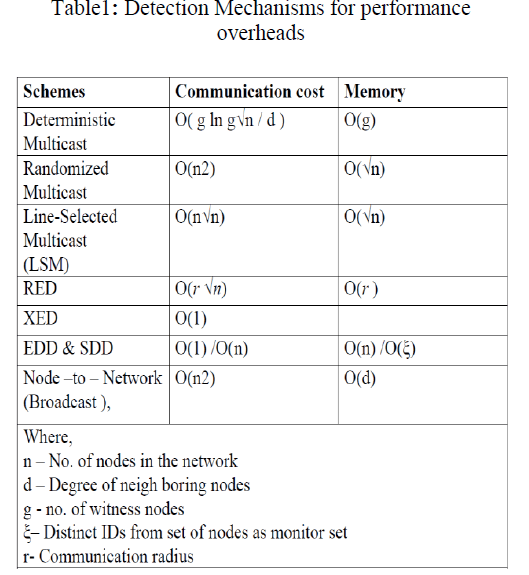 |
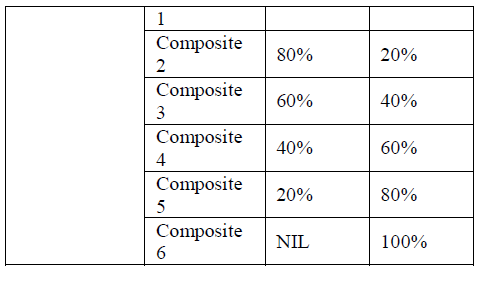 |
RESULTS AND DISCUSSION |
| A. Tensile strength |
| For the tensile testing Tinus Olsen universal testing machine is used. Guage length is kept as 200mm and testing speed is 5mm/min. Coir fiber tensile strength before NaOH treatment and after the chemical treatment showed a significant difference on which tensile strength is reduced from 560.1 cN to 488.3 cN [1]. |
| The tensile strength of coir,rice husk/ epoxy composites are shown in Table 2 and the comparison is shown in Fig 2. |
 |
| The above result shows that the composite in which 80% of coir and 20% of rice husk is reinforced with epoxy shows maximum Tensile strength of 20.31 MPa and then there is a reduction in tensile strength and then there is a considerable increase in tensile strength in the composite in which 80% of rice husk and 20% of coir fiber is used. Thus the 20% of an additional reinforcement material added to an already existing reinforcement tends to increase the tensile properties. There is no significant difference in elongation at break in all the cases. |
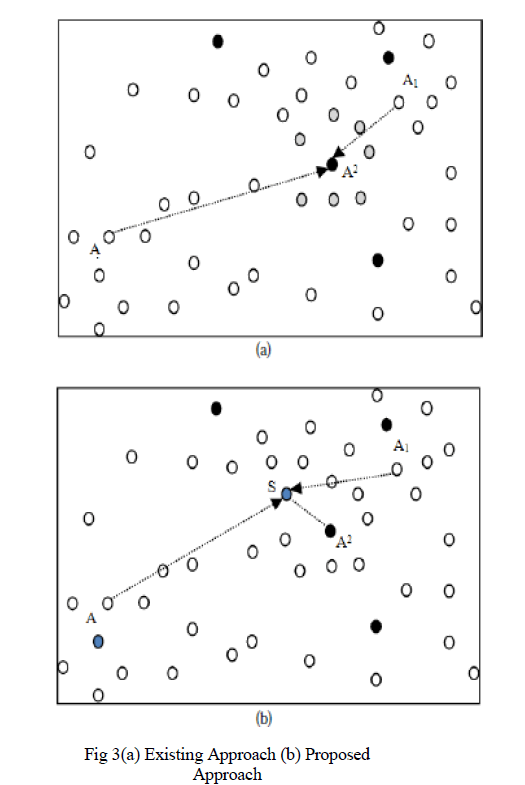 |
| B. Flexural strength |
| Flexural testing is don e with the specimen size of 13mmx100mm. The Tinus Olsen universal testing machine is used to measure the flexural strength for all the six different composites. For each composite, five samples are tested and average flexural strength is taken into account. |
 |
| Similar to the tensile strength, the flexural strength of composite 2 is very high compared to other composites. The increased strength is due to high adhesion between the reinforcements such as coir fiber, rice husk and epoxy resin. |
| The comparison between the flexural strength is shown in fig 3. |
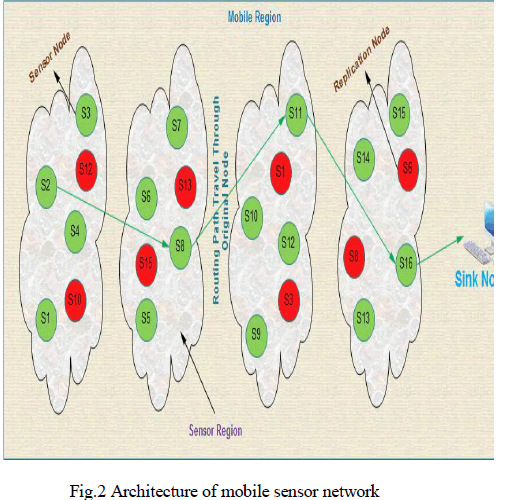 |
| C. Surface characterstics |
| The Scanning Electron Microscopic images of both untreated and coir fiber treated with six percentage of NaOH are shown in figure 4 and 5. It is inferred that the chemical treatment enables the fiber to undergo surface modification and the rough surface of the coir fiber turns smooth, so that the adhesion between the fiber surface and the matrix surface increases. The composites made from pre treated fiber shows superior tensile properties but if the concentration of the chemical such as alkali is increased, the fiber undergoes deterioration and further reduces the tensile properties of the composite made from them.[1], [4]. |
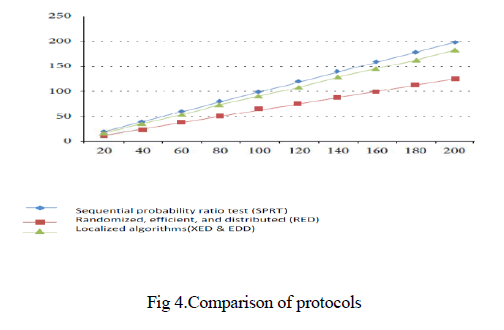 |
| Alkali treatment made on the coir fibre would remove the impurities like pectin, fats and lignin in the fiber which results in a uniform surface which is evident from figure 5. |
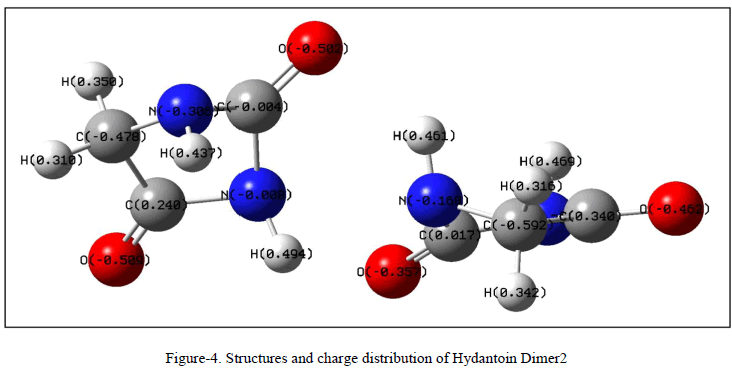 |
CONCLUSION |
| From the above study, it is found that on examining the mechanical behavior such as its tensile strength and flexural strength of various combinations of coir fiber and rice husk reinforced epoxy composites, higher tensile strength and flexural strength is found in mixing ratio of coir to rice husk ( 80:20) which shows the rice husk acts as a filler to increase the strength. It is also evident that chemical treatment alters the properties of fiber such as adhesion, surface morphology and so on. Similar studies on natural eco-friendly materials can be carried away to reduce the plastic usage and to make use of natural resources which are wasted in current scenario and for predicting the optimum properties and apt materials which will suit variety of application such as automotive, packaging, etc… |
References |
|